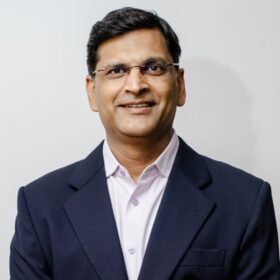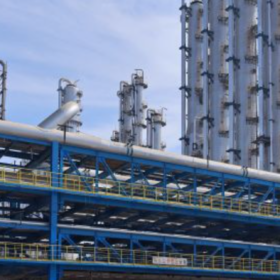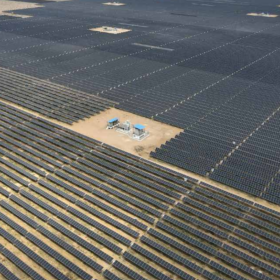Why phasing out ISTS waiver is a step towards equitable energy development
The gradual phase-out of ISTS charges waiver for solar and wind projects–75% for projects commissioned by June 30, 2026, 50% by June 30, 2027, and 25% by June 30, 2028, and zero thereafter–is bound to push up final price for end consumers. The shift could increase tariffs by INR 0.40–0.50 per unit
Draft ALMM List-III signals India’s push for self-reliance in solar manufacturing
The draft order for the implementation of the Approved List of Models and Manufacturers (ALMM) for wafers and ingots clearly indicates the government’s commitment to advancing domestic solar PV upstream integration and bridging the capacity gap between modules, cells, and wafers. Issuing this order nearly three years before its effective date and one year before the implementation of ALMM List-II will allow solar manufacturers to plan for wafer capacity alongside their upcoming cell capacities.
Meyer Burger gives up on selling itself as a whole, sells U.S. solar production tools
Sales of module and cell production equipment to, respectively, Waaree Solar Americas and Babacomari North Solar further thin chances of any Meyer Burger revival of its domestic production.
Sunshine at your doorstep: Making solar a household staple in India
India’s rooftop solar potential is vast. Policy momentum, domestic manufacturing expansion, and innovative retail models are laying the groundwork for mass adoption. The focus now must be on making solar a simple, dependable household choice — where purchasing panels is as straightforward as buying a home appliance.
Hydrogen-ready pipelines and the global opportunity for Indian manufacturing
Hydrogen is moving quickly from promise to reality, and pipelines will be the foundation of this transition. The world is preparing to invest billions in hydrogen-ready transport networks, and the demand for advanced steel pipes will surge. With its strong track record, competitive costs, and supportive policies, India is well-positioned to lead.
Why every Indian home should consider solar in 2025
When you combine lower solar hardware costs with rising grid tariffs, payback periods tighten—especially for homes that consume 200–400 units a month and can run major daytime loads (fridge, fans, air-cooling, work-from-home equipment) on solar power.
Behind the green boom: How ecosystem builders are fueling India’s climate tech rise
India’s climate tech ecosystem now counts over 800 startups, ranging from solar and electric mobility pioneers to agri-tech and water management disruptors. Many of these startups begin as humble experiments.
China’s TOPCon cell prices rise on tighter downstream oversight
In a new weekly update for pv magazine, OPIS, a Dow Jones company, provides a quick look at the main price trends in the global PV industry.
AI + ESG: A new era for supply chain sustainability and predictive risk management
The integration of AI and ESG is redefining what supply chain management can be. AI brings the speed, scale, and foresight to manage complexity with confidence. ESG ensures that capability is channelled into transparent, accountable, and sustainable outcomes.
Subsidies vs. loans: What really makes rooftop solar affordable for homes?
While subsidies have provided an important early boost, the future of residential solar affordability rests on financing models that expand access consistently. Loans create a pathway for households across diverse income brackets and geographies to invest in clean energy without waiting for government support.















